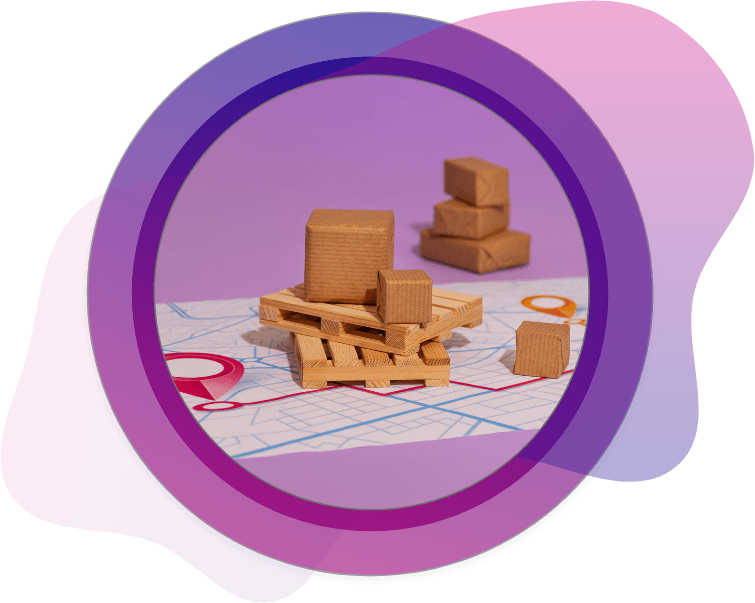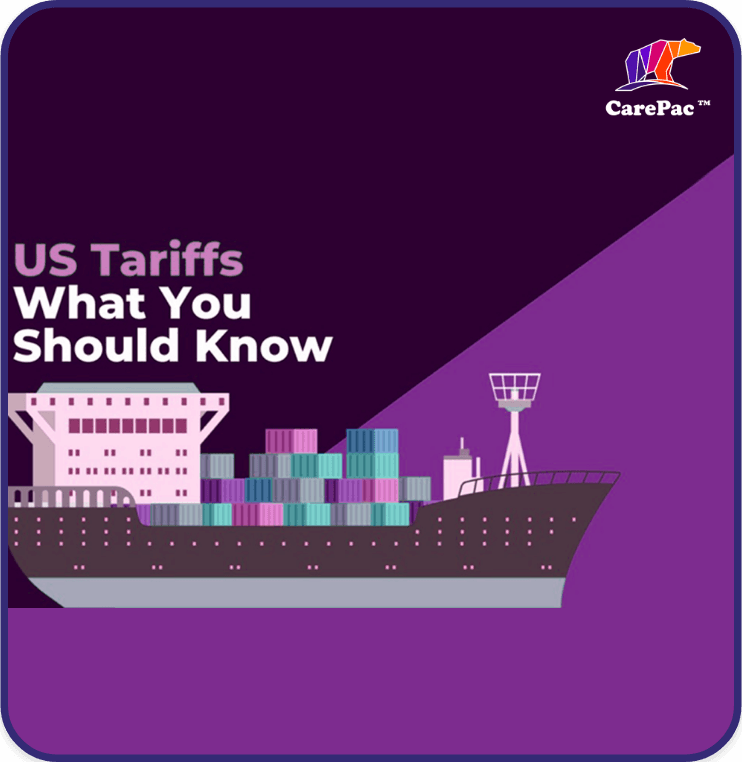No products in the cart.
US Packaging Regulation Changes & Trade Tariffs: What Brands Need to Know
The Evolving US Packaging Landscape: Why Brands Should Learn About These Fair Packaging Changes
The packaging industry, like so many others, is facing increasing scrutiny from regulatory bodies and fair packaging legislation like the Federal Trade Commission, the Poison Prevention Packaging Act, the Environmental Protection Agency, the Recycling Modernization Act, and the Packaging Producer Responsibility Act. Many states have their own packaging and labeling regulation or lab testing requirements, so check the specific packaging and labeling act in your state for more information.


These federal regulations aim to provide clear packaging and labeling requirements in an effort to reduce packaging waste, avoid unfair or deceptive packaging, protect children from exposure to microplastics, pinpoint false environmental marketing claims and exemption certificates, make packaging materials more sustainable, and ultimately aid in plastic pollution prevention.
Businesses of all sizes, regardless of the consumer commodities they sell or the net quantity, should monitor these regulatory shifts and legal requirements. These packaging and labeling regulations apply to everyone that manufactures or sells recycled plastic or single use plastic packaging. By monitoring and adhering to the applicable packaging legislation, including the fair packaging and labeling acts in your state, you can avoid supply chain disruptions and reputational damage, and gain a competitive advantage with uniform packaging and labeling for medical devices or other consumer products.
Extended Producer Responsibility (EPR) Programs: What’s Changing for Packaging?
The Extended Producer Responsibility (EPR) is an environmental policy that shifts responsibility for managing products, including packaging components, throughout their lifecycle from local governments to producers. Key states like California, Oregon, Maine, and Colorado are either implementing or expanding EPR legislation for all types of packaging, including compostable packaging and sustainable packaging. These packaging legislation changes have several impacts on those packaging products. First, it places the burden of remaining compliant with packaging materials to the manufacturers themselves, and second, it can increase compliance costs for businesses.
So, what kind of impact does packaging EPR legislation have on packaging providers? Since each state has different packaging and labeling requirements there is no uniform packaging standard to follow. But here's a glimpse at some individual states EPR legislation and what it means for plastic packaging providers, from those who packaging cosmetic products, personal care items, food products, and everything in between.
If you package consumer products in one of these states, the law applies to you and you can expect to pay increased fees to cover the costs of collecting, recycling, and other waste management activities. You'll likely also need to switch packaging materials (i.e., avoid rigid plastic packaging containers), implement a compliance and lab testing infrastructure throughout your organization, and invest in educating your consumers about recycling programs and how to properly dispose of plastic packaging, including rigid plastic containers and those made from restricted substances, including polyfluoroalkyl substances.
Trade Tariffs and Global Supply Chain Challenges: How Packaging Costs May Change
Whether you package medical devices, consumer products, or hazardous substances, the upcoming trade tariffs and global supply chain challenges will have a huge impact on the cost of all types of packaging materials, including rigid plastic packaging containers and food service ware. Since tariffs are taxes on imported goods they directly increase the cost of those materials for manufacturers. Luckily, there are several things you can do to mitigate some of these costs:
U.S-based suppliers like CarePac can provide stability by reducing your reliance on products imported, offering reliable solutions and individualized professional advice, and providing hands-on expertise and in-depth quantity comparisons. By opting for packaging materials and polystyrene containers that are made domestically, you'll minimize your exposure to import tariffs. Connect with us today to see how we can leverage your existing packaging data to find you product packaging that's more affordable.

How Brands Can Adapt to Changing Federal Government Policies & Consumer Expectations
Whether you're trying to meet the packaging requirements outlines by the Federal Trade Commission, the Environmental Protection Agency, the Packaging and Labeling Act, or any other packaging and labeling regulation in your state, our professional advice is to focus on proactive planning, material selection, and transparent communication. Here's a bit more about each of these packaging components.
Material Selection and Innovation
If you've always been resistant to recyclable and compostable options (or innovations like resin identification codes), now is the time to consider paper, cardboard, or plant-based alternatives. Minimize your packaging use by using less packaging products and consider flexible packaging options from companies like ours. We can help you meet the regulations for consumer products in your state while making sure to include accurate and adequate information about recycling on the label of your medical devices and consumer commodities.
Sustainable Packaging and Consumer Demand
While it is of course important to adhere to packaging and labeling regulations in your state to avoid fines and fees, it's also important that you're marking requirements like these because of consumer demand. Brands that embrace this trend will gain a competitive advantage, a boost to their reputation, and reducing material usage and waste can also lead to cost savings and operational efficiencies.
Proactive Planning and EPR Legislation Monitoring
The best thing you can do is stay up to date with the packaging and labeling regulations in your state. Monitor industry news, engage with government bodies, and develop a comprehensive strategy for transitioning to more sustainable and uniform packaging and labeling. A full transition can be daunting, so focus first on federal packaging and labeling regulations outlined by organizations like the Federal Trade Commission, before moving onto some of the smaller fair packaging requirements.
Transparent Communication and Customer Education
Whether you just started conforming to a specific packaging and labeling act or if you have been the entire time, you should inform your customers about the sustainable features of your packaging. Make sure they know what it's made from, how to dispose of it, and provide value comparisons that are easy to read and understand. Continuously assess the impact of your uniform packaging and labeling and identify areas of improvement.
Switch to Better Alternatives
There is no time like the present to switch to packaging that adheres to the applicable regulations in your state. We can help you review the fair packaging and labeling requirements you need to adhere to, and can even provide price and quantity comparisons between different materials. Whether you're packaging medical devices, food products, or other consumer commodities, we'll work with you to meet the packaging and labeling requirements outlined by your state.
Request a free quote or contact us today to get started.

Lets Get Started

Made In
The USA

Full Pouch
Customization


